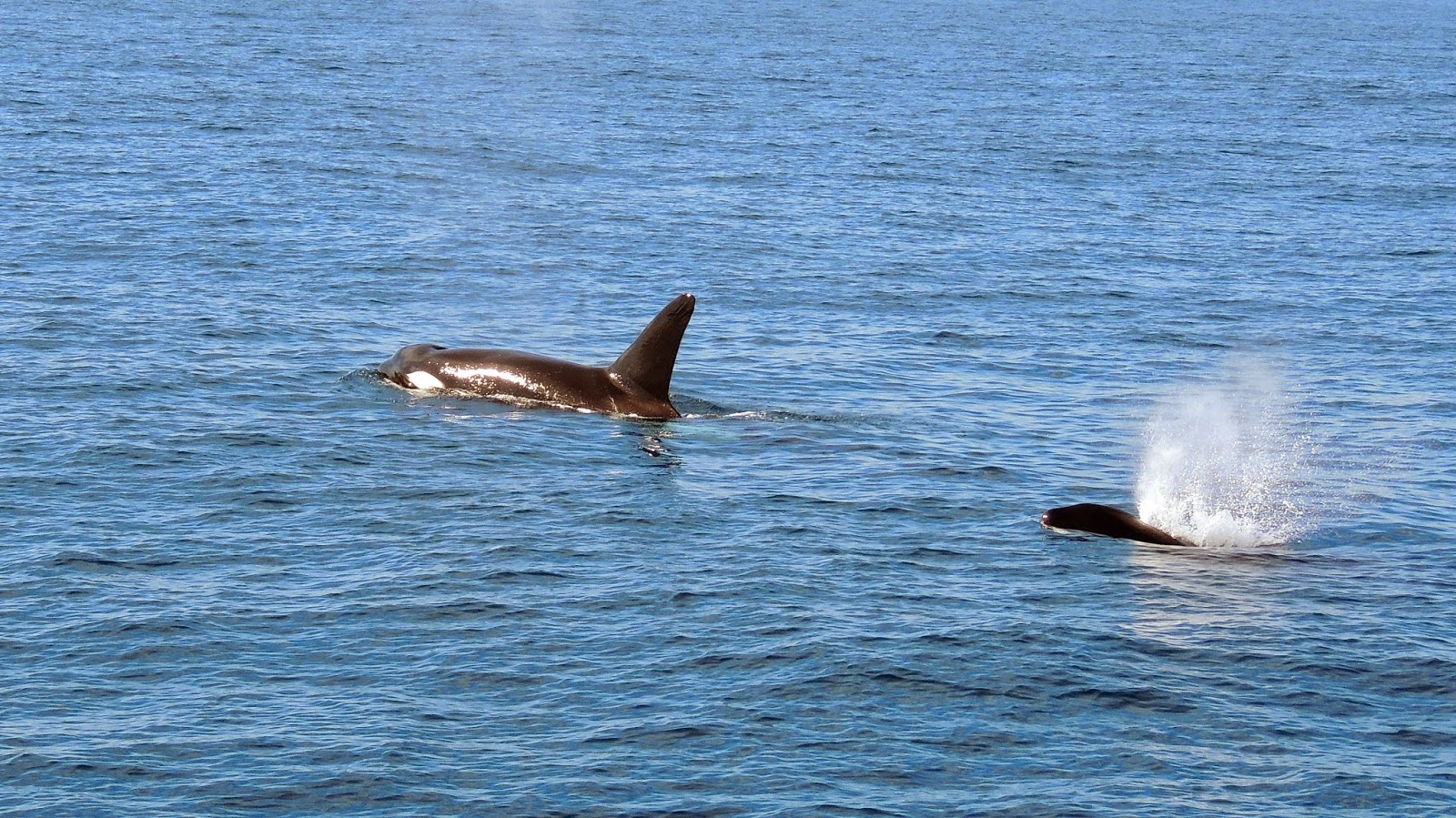Two interesting recent papers reminded me of being woken in the night by a clattering on the door, people being roused and muffled voices. The next morning my bleary-eyed mother and grandmother told me it was the police who came knocking. An animal had died of anthrax on a local farm occupied by a cattle dealer and they had come to requisition coal, then strictly rationed, in order for the carcass to be incinerated without delay. They had to burn it, my grandmother told me, as I probably asked too many ‘why’ questions, because anthrax got into the soil and could infect and kill animals and farm workers years later. That would be in the late 1940s when I see from DEFRA that there were 119-344 outbreaks per year between 1945 and 1950 (anthrax is almost unknown on British farms now; the last, isolated, outbreak was in 2006).
The first paper† I read was on how some hoofed herbivores are attracted to anthrax-infected carcass sites in Etosha National Park in Namibia, thereby enabling anthrax to infect new victims. Despite the rapid removal of soft tissues by scavenging birds and mammals, a carcass was found to improve the soil and vegetation around it. The overall finding was that, initially, herbivores avoided carcass sites, then were attracted to them and finally showed no preference. Bacillus anthracis spores were found in the grass from these sites for up to two years after the animal’s death.
In the authors’ words:
The results suggest that for zebra, springbok or wildebeest encountering a site where a zebra has died within the last year, an animal is up to four times more likely to graze at the potentially infectious carcass patch than at a random grassland patch nearby…Carcass and control patches seemingly became indistinguishable again for grazers from 1.5 to 2.5 years after death of the focal animal. This seems to match the time scale of carcass effects detected in grass biomass and nitrogen, and early preference for grazing at carcass sites would significantly increase the odds of anthrax transmission from grazing in the first year after death.
There were, however, interesting differences between the herbivore species that are found in Etosha. Gemsbok showed no clear foraging preferences; this species also had a low incidence of confirmed anthrax cases (1.3% of cases between 1968 and 2011) while constituting 13.5% of the herbivore population as estimated by aerial survey in 2012.
A paper* from the same stable adds another level of operation of anthrax. When the grass preferred as forage by the zebra was grown from seed in an experimental plot, the addition of anthrax spores enhanced the establishment of grass seedlings by about 50%. When very small amounts of blood were added, the height of the grass was increased. Anthrax had no effect on height and blood had no effect on the establishment of seedlings. (No other carcass constituent was tested and it is possible, of course, that body fluids in general seeping into the soil could contain the constituent(s) responsible for the effect of blood.) Therefore it seems that anthrax in the soil acts to secure the rapid regeneration of grasses and the attraction of herbivores to carcass sites. Some constituent of blood then makes the grass crop more luxuriant and even more attractive to grazing herbivores. Natural selection has really equipped B. anthracis to exploit its hosts.
The other paper I read was the Biographical Memoir on Harry Smith FRS (1921-2011) by Alan Rickinson FRS‡. Harry Smith was always direct, to the point, of rapid judgement and, therefore, a delight to sit with at dinners. The last conversation I had with him, as he headed off to Birmingham, was about a scientific institution. ‘That place has gone down hill badly’, he said as he shot off into the night. However, I digress. Harry solved how anthrax kills. No lethal toxin had been identified in vitro. Only by working in vivo was he and his colleagues able to determine the mechanisms. Even then the toxin was not simple. There were three components, all non-toxic when tested separately, but together responsible for the devastating effects of anthrax on the body. Rickinson writes:
The discovery of the anthrax toxin was a significant advance that, with the benefit of hindsight, marked a turning point in the field of microbial pathogenesis.
 |
| Bacillus anthracis https://phil.cdc.gov/phil/home.asp |
 |
| These Plains or Burchell's Zebra (Equus quagga) are in the shade, not long before sunset, in Botswana in 2001 |
† Turner WC, Kausrud, KL, Krishnappa YS, Cromsigt JPGM, Ganz HH, Mapaure I, Cloete CC, Havarua Z, Küsters, M, Getz WM, Stenseth NC. 2014. Fatal attraction: vegetation responses to nutrient inputs attract herbivores to infectious anthrax carcass sites. Proceedings of the Royal Society B 281: 20141785. http://dx.doi.org/10.1098/rspb.2014.1785
*Ganz HH, Turner WC, Brodie EL, Kusters M, Shi Y, Sibanda H, Torok T, Getz WM. 2014. Interactions between Bacillus anthracis and plants may promote anthrax transmission. PLoS Neglected Tropical Diseases Jun 2014; 8(6): e2903. Published online Jun 5, 2014. doi: 10.1371/journal.pntd.0002903
‡Rickinson, A. Harry Smith CBE. 7 August 1921-10 December 2011. 2014. Biographical Memoirs of Fellows of the Royal Society 60, 399-411




















